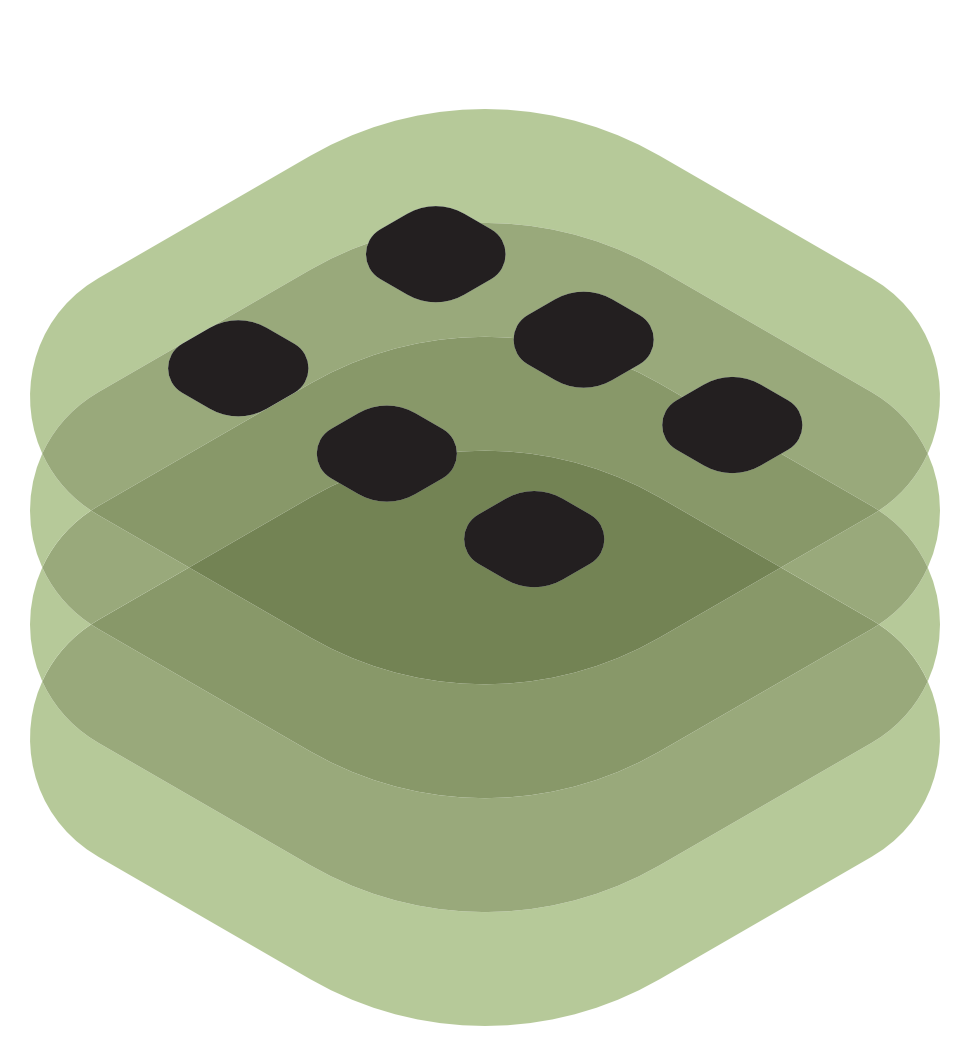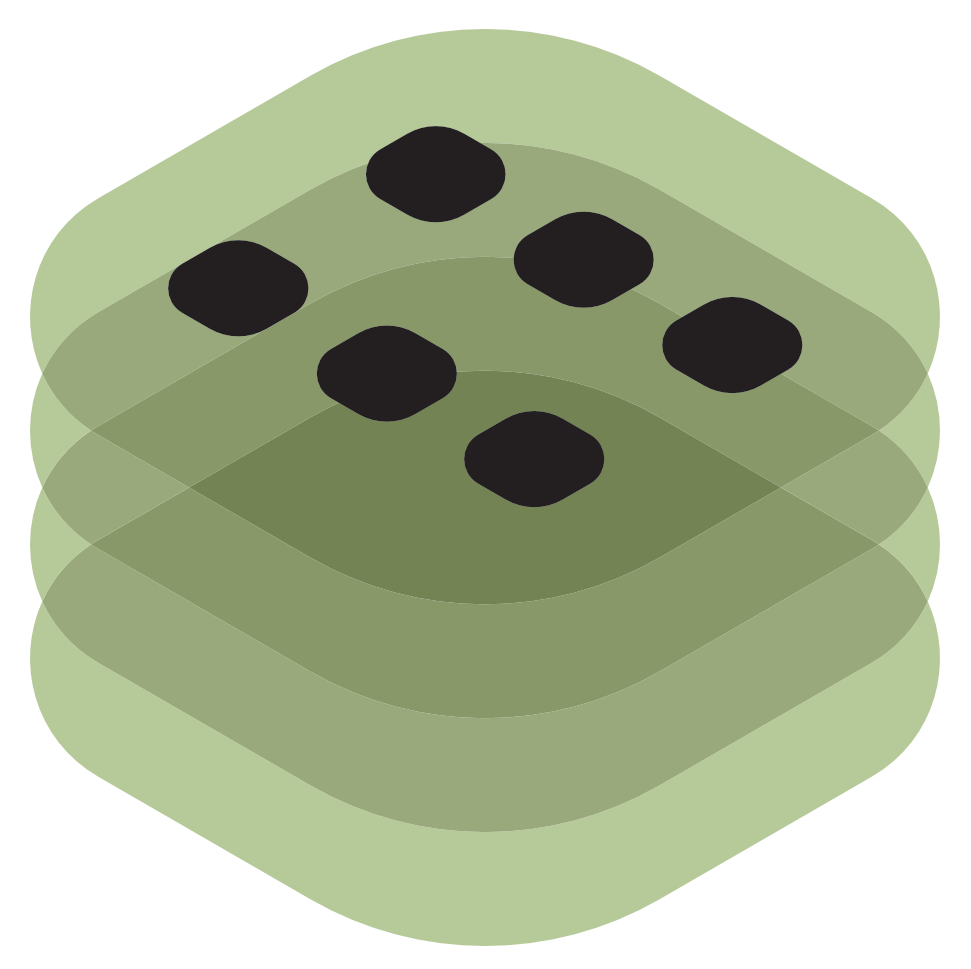Account
How to Paint It
Basic Supplies and Preparation for PLA Terrain
What You'll Need
- Acrylic paints (craft store brands work fine - Vallejo, Citadel, or even Apple Barrel)
- 2-3 brushes: one large flat brush, one medium detail brush, one old brush for dry brushing
- Black or dark brown wash (or make your own with watered-down paint)
- Matte varnish spray or brush-on sealer
- Paper towels or drybrush palette.
- Water cup
Prep Your TabletopPrint Terrain
Since TabletopPrint pieces come ready to paint straight from the printer, you just need to give them a quick wipe with a damp cloth to remove any dust. The PLA surface is perfect for paint adhesion - no primer needed for most projects, which saves time and money.
Simple Dry Brushing Technique for Instant Depth
This is where the magic happens, and it's honestly foolproof. Here's my reasoning: dry brushing works especially well on 3D-printed terrain because it naturally highlights all those printed layer lines and surface details that make TabletopPrint's pieces so detailed.
Step-by-Step Dry Brushing
- Start with your darkest base color (dark gray for concrete, dark brown for wood, black for metal)
- Paint the entire piece - don't worry about being neat
- Let it dry completely (about 30 minutes)
- Take your old brush and dip it in a lighter shade
- Wipe almost all paint off on paper towel or drybrush palette until the brush is nearly dry
- Lightly brush over raised surfaces - the paint will catch on edges and details
- Repeat with an even lighter color for maximum pop
For TabletopPrint's sci-fi terrain like the Flatline City collection, try: Black base → Dark gray → Light gray → White highlights. For fantasy pieces from Darkmyth Dungeon, go with: Dark brown → Medium brown → Tan → Cream highlights.
Quick Wash Method for Realistic Weathering
Washes are basically magic in a bottle for terrain painting. Since Martin's terrain pieces have such great detail work, a wash will flow into all those recesses and create instant shadows and weathering.
Making and Applying Washes
- Mix 1 part black/brown paint with 3-4 parts water
- Add a tiny drop of dish soap to help it flow
- Brush it liberally over your dry-brushed terrain
- Let gravity do the work - it'll settle in cracks and corners naturally
- Clean up any pooling with a damp brush while wet
The beauty of this technique is that it makes even a simple paint job look professional. Perfect for TabletopPrint customers who want great results without spending hours per piece.
Color Schemes for Different TabletopPrint Collections
Based on the product range, here are my recommended approaches:
Sci-Fi Terrain (Flatline City, Grid City)
- Industrial: Grays with rust orange accents
- Clean Future: White/light gray with blue-green details
- Post-Apocalyptic: Browns and tans with heavy weathering
Fantasy Terrain (Darkmyth Dungeon)
- Classic Stone: Gray base with green moss dry brushing
- Ancient Ruins: Tan/beige with dark brown washes
- Mystical: Purple-gray with metallic highlights
Gaming Accessories (Movement Trays, Bases)
Keep these neutral so they don't clash with miniatures - stick to browns, grays, or match your army's basing scheme.
Finishing Touches and Protection
Here's something crucial that many beginners skip: sealing your work. Since these terrain pieces will see regular gaming use, protection is essential.
Final Steps
-
- Let everything dry completely (24 hours is ideal)
- Apply matte varnish to reduce shine and protect paint
- Consider adding static grass, sand, or small rocks for texture
- For frequently-handled pieces like the popular Skirmish Movement Trays, use extra coats of sealer


